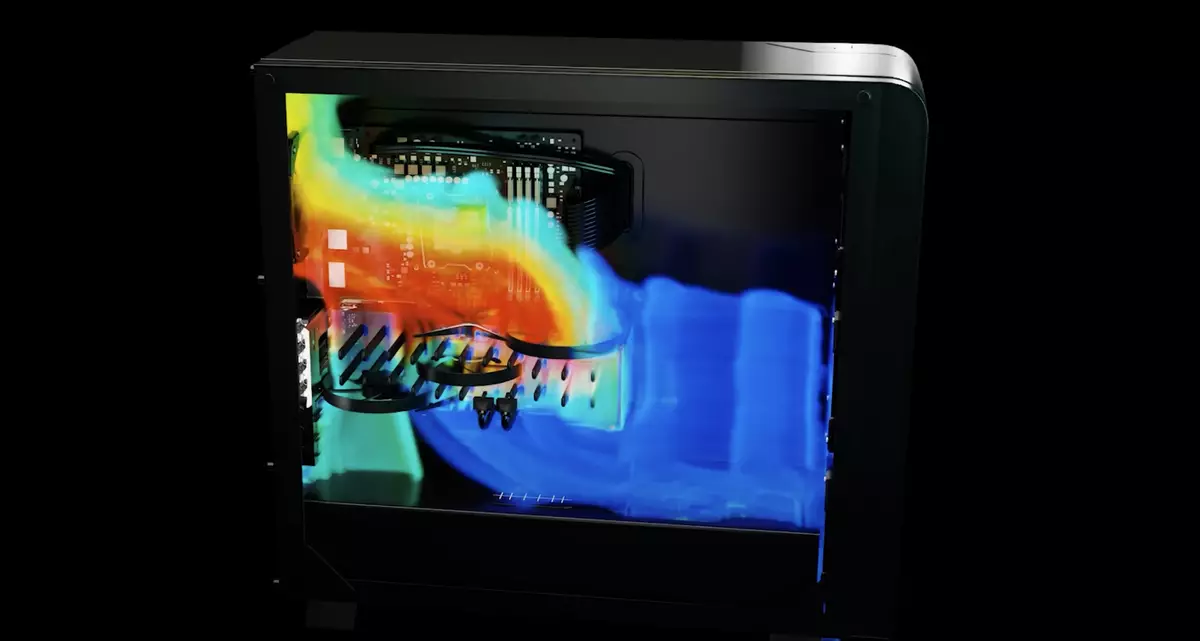The Nvidia GeForce RTX 5090 has recently made waves in the tech community, thanks to its innovative design and impressive performance. The journey of crafting this graphics card not only sheds light on the relentless pursuit of high performance in compact formats but also showcases the intricate engineering challenges and solutions that Nvidia faced along the way. In this article, we delve into the notable elements of the RTX 5090 design, examining the innovative cooling techniques employed and the strategic decisions made that distinguish it from its predecessors.
At the heart of the RTX 5090’s design is a notable departure from the industry trend of creating larger, more cumbersome hardware. Nvidia’s decision to shift from a potential four-slot design to a more compact, two-slot design mirrors the company’s commitment to delivering outstanding performance without compromising user experience or compatibility with various systems. The initial concept of a four-slot prototype, though intriguing, was traded for practicality, balancing performance with the need for hardware that could fit in a broader range of computer setups.
The design objective was ambitious: to reduce the circuit board size by an astounding 40% to 50% compared to the previous generation. This reduction was pivotal in accommodating the new cooling system and meeting the performance demands of modern gaming and computational graphics. Nvidia acknowledged this goal as “mission impossible,” yet the engineering team pushed the boundaries of what could be done with GPU architecture.
Evolution of Cooling Technology
The cooling technology integrated into the RTX 5090 signals a significant step forward from its lineage. Historically, Nvidia has navigated through ten years of thermal stagnation within the 250-260 watt range. The breakthrough to 350 watts in the RTX 3090 was a notable leap, yet with increasing power came the challenge of heat dissipation. The RTX 5090 addresses this with an advanced cooling solution, employing a “two-thirds blow through” system inspired by earlier prototypes.
This design was made possible by segmenting the printed circuit board into three components: the main board housing the GPU and memory, a daughter board for PCIe connectivity, and a secondary daughter board for I/O ports. This segmented approach not only simplifies the layout but also promotes efficient airflow, which is essential for maintaining optimal operating temperatures, especially under heavy loads.
Nvidia’s commitment to innovation extends into the materials utilized in the RTX 5090. One of the standout features is the introduction of liquid metal as thermal interface material (TIM), incorporating a level of engineering sophistication previously unseen in consumer graphics cards. Ensuring that this TIM remains reliable across various environmental conditions posed a substantial challenge, leading Nvidia to develop airtight hermetic seals that protect against oxidation or liquid escape.
Another groundbreaking feature is the inclusion of what Nvidia refers to as the “first ever 3D vapor chamber.” This technology enhances thermal conductivity by utilizing heat pipes directly linked to the evaporative surfaces, allowing for superior heat management and minimizing hot spots. By allowing hot air to escape effectively while keeping operations silent and efficient, Nvidia showcases how thoughtful engineering can drastically improve component longevity and performance.
Competing in a Crowded Market
As GPU manufacturers rush to deliver products that can compete with Nvidia’s Founders Edition models, the complexities of the RTX 5090 highlight the daunting challenge they face. The level of research, design iteration, and engineering prowess invested in these cards underscores why Nvidia continues to hold a competitive edge in the market. The RTX 5090 represents not just a leap in technical capabilities but a testament to the work ethic and innovation that drives the Nvidia team forward.
The Nvidia GeForce RTX 5090 embodies the intersection of relentless ambition and cutting-edge technology. From its compact design ethos to pioneering thermal management solutions, the RTX 5090 stands as a landmark achievement in GPU design, promising unprecedented performance for enthusiasts and professionals alike. As the industry evolves, Nvidia’s careful balance of advanced engineering with user-centric design may very well set the standards that others will strive to meet.


Leave a Reply